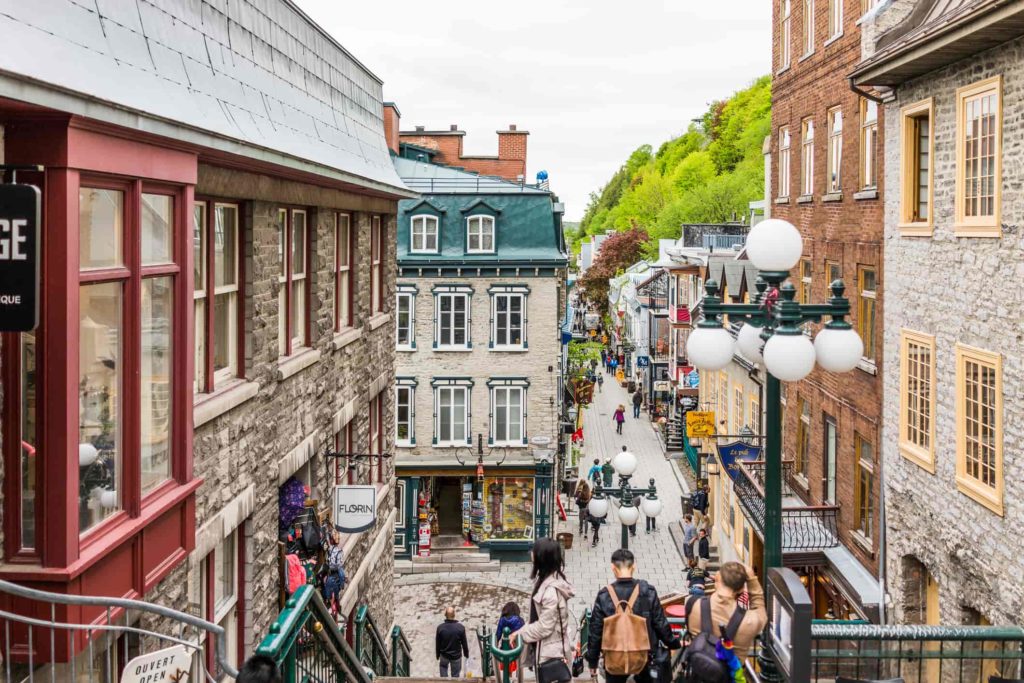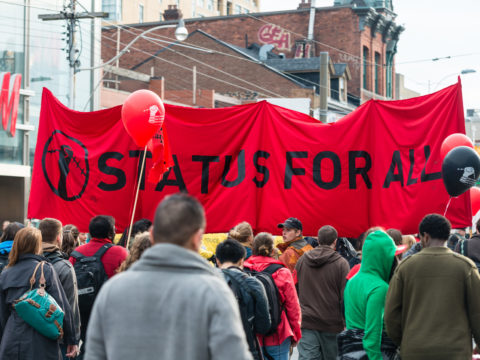
The federal government can select newcomers, provincial governments can too but what’s notably missing is a way for cities and towns to do the same. A Municipal Provincial Nominee program promised by the current Liberal government could change all that.
A very brief history of Canadian immigration
Initially, Canada had a immigration system that strongly promoted federal immigration. Quebec has also held a powerful role in selecting its own immigration candidates. But during the late 1990s and early 2000s, a shift started to happen and Provincial Nominee Programs (PNPs) started to be introduced.
PNPs allowed provincial governments to select candidates based on their own unique criteria in order to meet their specific regional needs. Regional pilot programs work in similar ways and are generally used to complement PNPs and support less populated regions of Canada that share similar labour market conditions.
It’s understandable that provinces have unique requirements based on their industries and labour market but the same argument could be made for municipalities too. Municipalities are on the frontline when it comes to providing newcomer services. Municipalities also have the closest connection to the newcomers they serve and therefore have a unique insight into the types of candidates that will succeed in their districts.
The Municipal Nominee Program (MNP)
The MNP system, as outlined by the Liberal government after their October 2019 election victory, would allot for 5,000 permanent residence visas. The program has stalled in recent months due to the ongoing COVID-19 pandemic. The possibility of a fall election could further jeopardize the MNP but if all goes according to plan, it should be implemented soon.
What would a Municipal Nominee Program (MNP) look like?
It’s still to soon to know what an MNP would look like. Canada has over 3,700 municipal governments so who gets their own program and how many candidates they can invite is yet to be seen. It is also yet to be seen how the government will address the ever-increasing bureaucracy that newcomers will face as they will have to navigate through municipal, provincial, and federal immigration systems.
It’s likely an MNP would follow on the lessons learned from many other PNP programs and require a specific connection to the municipal area. For example, many PNPs require a job offer from an employer in the province. A job offer from an employer tends to result in better economic outcomes for newcomers but having a Canadian educational credential also affects how successful a newcomer will be in Canada. So MNPs might use a mix of graduates and job offers to select candidates.
What would really set an MNP program apart would be a robust system that favours low-skilled newcomers working in a community. If the COVID-19 pandemic has shown us anything, low-skilled workers can be just as essential to communities as higher-skilled workers and there are few avenues to permanent residence for these types of individuals.
Is an MNP the future of Canadian immigration?
An MNP does feel like the next logical evolution of the Canadian immigration system. MNPs would offer cities and towns across Canada a unique opportunity to choose the type of candidates they feel best contributes to their community. Cities and towns could fill acute labour shortages in their areas or even use an MNP as a means to increase cultural diversity in their districts.
It’s unlikely that the bulk of Canada’s immigration fueled growth will be made up by MNPs. PNPs have only modestly increased the number of candidates they can invite while the federal system still brings in the highest numbers. But the concept of an MNP does neatly fit into Canada’s overall immigration strategy that tries to balance national labour force needs with those of regional ones too.




